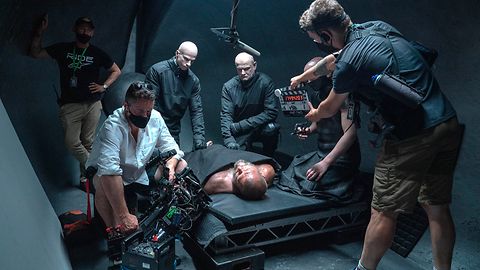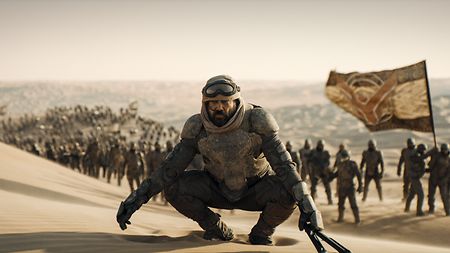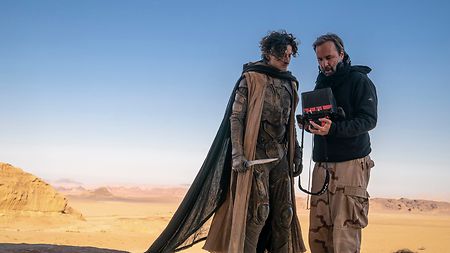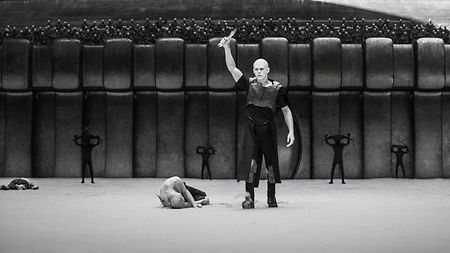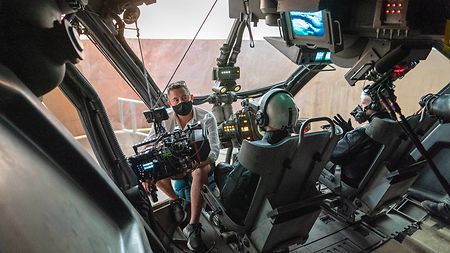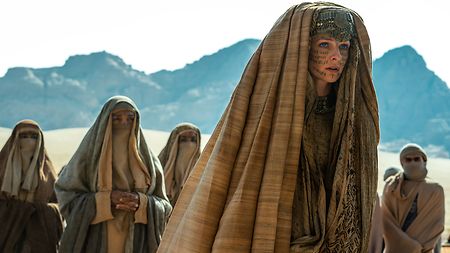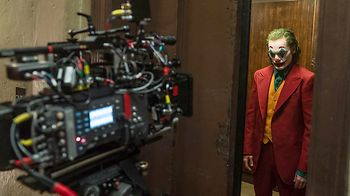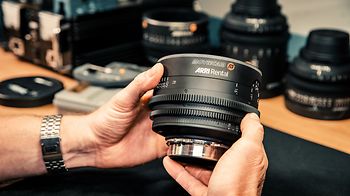Following the critical, commercial, and awards success of 2021's "Dune," production company Legendary Pictures swiftly greenlit director Denis Villeneuve's adaptation of the second half of Frank Herbert's classic science fiction novel. "Dune: Part Two" continues the story of Paul Atreides (Timothée Chalamet) as he seeks to avenge the destruction of his noble family by interstellar conspirators and regain control of the planet Arrakis through an alliance with the indigenous Fremen people.
Villeneuve reteamed with cinematographer Greig Fraser ACS, ASC for this next chapter, which returned to shooting locations such as Wadi Rum in Jordan and Budapest in Hungary, where ARRI Rental provided IMAX-certified cameras as well as lenses and grip equipment. Many others from the original creative team also came back on board, with Villeneuve requesting a cinematic focus across all departments, having insisted that "Dune: Part Two" will be seen exclusively in IMAX and movie theaters for 45 days before releasing on any other platform. This is a film designed from the outset to be a theatrical experience.
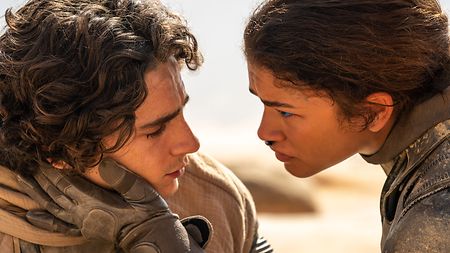
Paul Atreides (Timothée Chalamet) develops a stronger bond with Fremen warrior Chani (Zendaya) in "Dune: Part Two."
